The traditional onboarding process has worked successfully for years, however, as the world goes through this unprecedented global health crisis, we have seen companies and individuals adjust and adapt to new ways of working to maintain BAU and identify priorities.
As Wendy Lee-McGuinness, Senior PR lead at CMS, pointed out:
“Don’t stress – no one really knows what it is like to experience on-boarding/induction in these circumstances and because so much is out of our control, do your best and go with the flow.”
It can be argued that a person’s first day of work is the most important day, so how have organisations managed to on-board new starters without face-to-face meetings? Some companies have been doing this on a small scale for years as they grow regionally or internationally, but now most new hires are having to go through the same process. Our very own Naomi Hamilton at tml Partners has shared some insights as she started last month.
“Regular and transparent contact with the team and my line manager has been invaluable. It’s helped me in understanding what’s expected of me, but also what’s expected across the business. Video calls, instant messaging and virtual team drinks have meant that although I haven’t managed to meet everyone face to face I’ve been able find my feet and effectively network across the business.”
Despite not being the norm, many companies are adapting quickly with great success.
Amanda Bunney, Marketing and BD lead for RSM, was highly impressed with the way the firm brought her on-board during these trying times and says:
“In this very uncertain world the only certainty I have right now is that I made the right choice in joining RSM. The on-boarding was faultless! My laptop and full instructions were delivered to my door at 9am on my start date followed up with a call from HR and my line manager. The IT team were great, very helpful and I was given a dedicated number to call if I had any issues/questions. RSM’s intranet is brilliant and had all the information I needed, including welcome videos and online firmwide training videos. On my first day I also got a call from the CMO to welcome me to the firm. I already feel like part of the team!”
Some of our clients have demonstrated successful remote on-boarding in the last two weeks whilst we have been at the peak of this global pandemic:
William Pointing, Outsourced Partnerships Marketing Manager, NewDay;
“I was worried about my start date moving after being offered this amazing opportunity just before the UK went into lockdown. However, NewDay have been very agile. The HR team and hiring manager clearly communicated the onboarding plans for day 1, ensuring they confirmed this with me every other day until my start date. I picked up my laptop from the office, where an IT expert set me up. They had arranged a number of VC’s with my direct team, hiring manager and external partners. In addition, I am involved in weekly calls with other parts of the business which has been great to get exposure to other areas of the business. It has been weird and different 1st week, however, I am settling in well cannot fault the effort the team has gone through so far.”
Ben McCormick, Communications Consultant for Clifford Chance;
“Onboarding was handled remotely and really quite well, although my email account needed 24 hours to become active. Once that was in place, it couldn’t have been smoother – IT and company policy training was all delivered online via the firm’s existing channels, which were already in place to facilitate remote working in the event of a crisis such as the current pandemic.”
A combination of all these actions can really enhance the on-boarding process for a new starter ensuring a seamless and efficient transition for both employee and employer.
So, with all this feedback we’ve received, here’s the tml survival guide for best-in-class remote onboarding:
| 1. Build a ROM | Ensure you have developed a “Remote Onboarding Map” (ROM) from start to finish. Agree the process with all relevant stakeholders with a clear checklist and ownership.
If it’s all new to you then set up a task team to start the process now. |
| 2. Repeat & Improve | Make your ROM a “living” shared document that can be continually added to and improved with ongoing feedback from all stakeholders. |
| 3. Clear Communication | Communicate the ROM with your new starter and manage expectations; ensure they are aware of the full on-boarding process and comfortable with it. |
| 4. Organise Tech Early | Courier IT equipment to the successful candidate ahead of their start date or arrange for IT to be in the office for a quick setup and pickup on day one.
The worst onboarding experience is delays with tech, so don’t let it happen. |
| Start collating all the many help videos for your telephony, tech, CRM and hardware. All the best tech companies have these in their help sections now. | |
| Ensure IT are able to remotely access your new employees IT equipment so they can get them set up and train them remotely. | |
| 5. Fewer Platforms | Control the comms platforms. Don’t fall into the trap of having too many platforms.
There are so many tools and platforms out there, it’s important to highlight from the outset what your preferred platforms are. Try to keep it consistent across teams too. |
| 6. Online is Key | Develop an online help portal on the intranet for both old and new employees. This is a one stop location to get all the support they need to adjust to remote working |
| Ensure there is easy online access to IT/HR support numbers | |
| Develop a step-by-step online processes for installation of new software and tools. | |
| For new starters there should be a clear roadmap for week 1 for every day with online video tutorials & guides where possible | |
| 7. Encourage Ownership | Start autonomy and ownership of “self-onboarding” from day 1.
Don’t be afraid to ensure your new starter “owns” their onboarding journey and is accountable for “figuring it out for themselves”. |
| 8. Showcase Culture | Remote employees are part of your culture, despite not being in the office. To help them understand the culture, share: – A digital version of your staff handbook – Corporate videos and presentations that showcase your vision and values along with images of the office / staff parties / conferences etc so they can start getting a feel of the environment. |
| 9. VC Welcomes | Ensure that the relevant internal stakeholders have a welcome VC meetings set up throughout week 1 , not just day 1.
This should include the hiring manager, HR, & any other stakeholders. This sets expectations, introduction to key stakeholders so they know who to call if they have any issues and provides a sense of comfort. |
| 10. Build Team Dynamics | It is important that new starters are made to feel welcome and feel as if they are part of a team despite not being in the office.
Fellow team members should arrange VC’s with the new joiner during the first week so they can familiarise themselves with the team. In addition, it is great to have a VC set up with someone from the senior management team (CEO/MD/VP’s/CMO’s etc). This can have a massive impact in week 1. |
| 11. Allocate a Buddy | Lots of client focus on the logistics to get a new starter operational. Having a buddy allows the new starter to talk to someone about how they are feeling and share any issues they are having that they don’t feel comfortable sharing with managers. It is a great way for the new employee to get to know about team dynamics, culture and gives a sense of belonging. |
| 12. Company Merchandise | Help your new hires feel special and like they are already a part of the team by sending them a welcome package. This can include branded merchandise like a T-Shirt, coffee mug, umbrella or stationery along with a welcome note from the CEO. |
| 13. Use the Recruiter | If you used a recruiter to support in the hire of your new candidate this can be an effective method to ensure the new starter is prepped and ready for Week 1.
Make sure your recruiters know your company culture well, so they can manage and educate candidates expectations |
| 14. Surprise & Delight | We’ve all seen the day 1 desk photos when new starters celebrating joining their new company.
Aim to surprise and delight your new employee at the end of week 1 just as you might in the office. Small things go a long long way. A welcome hamper, a box of truffles, a jar of sweets, a welcome note from the CEO… Whilst this isn’t a must have tip, it is recommended; these little gestures will have a big impact. What will they tell their friends and family about on that first weekend? Be creative and delight people. |
| 14. Get Feedback | At the end of week 2 – ask for feedback. It’s imperative to adopt a “test & learn” approach. No one’s perfect but get someone independent to call and discuss what worked and what can be improved and build it into your new ROM. |
To conclude; it is important to highlight that the key to successful remote onboarding is that it is a two-way process. Clients have already highlighted how they have implemented agility into their processes, but candidates need take ownership as well. They need to make the effort to set up additional VC’s to get to know teams and the business and take some initiative to agree measurable short-term actions & objectives in order hit the ground running & demonstrate value.
When there is so much uncertainty around the country and the world, sometimes we just need to hear one success story to be motivated. Multiple businesses have done it, and so can you!
tml Partners is an international executive marketing recruitment firm specialising in board level appointments across marketing and corporate communications. Malisha Patel is a leading member of our financial services division, and partners with leading brands across retail & investment banking, insurance and fintech – to support the best in class development of in-house Marketing, Communications and Digital expertise.






